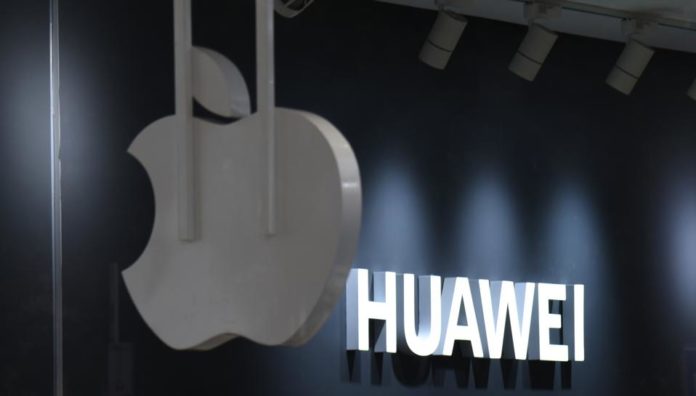
Until last year, Huawei was competing with Samsung for Google Android users worldwide, but US President Donald Trump’s sanctions on Huawei has reportedly made the company drift away from Android towards its own Harmony Operating System that is closer to Apple’s iOS.
Forbes reported that eyeing the global market, Huawei is close to launching a third operating system (OS), which would be an alternative to both iOS and Android, “but in doing so, the company finds itself much closer to Apple’s model than to Google’s.”
“We are one of only two companies globally that can have this hardware and software solution for our own ecosystem – only Huawei and Apple can do this—it’s our long-term strategy,” Lead for Huawei’s UK Consumer Business, Anson Zhang reportedly told Forbes.
According to him, Huawei’s plan to beat Google, to bring Android users outside China to its own OS, is arguably “to be just like Apple.”
While Huawei still talks about working again with Google, it’s becoming more unlikely as time passes, because the blacklist by the US government means even Huawei phones shipped with Google’s Android will be exempted from software updates.
The situation has now placed the pressure on Huawei to urgently make its new strategy work, to ensure its non-Chinese smartphone business doesn’t terminally decline; and they have just this week to act and save its non-China market, and also save its waning image due to Trump’s continuous mudslinging
Already, many European countries are still contemplating whether to listen to Trump and exclude Huawei from the 5G space, or ignore Trump and involve Huawei, but if the new OS does not come on stream fast enough, it will further hurt Huawei’s chances in Europe.
“There are lots of challenges from last year to this year,” Zhang says. “The U.S. ban, U.K. 5G, lots of questions and rumours and uncertainty. This might drive consumer questions—what’s the future of my Huawei device if I purchase it? But we are still committed to U.K. and European markets in consumer, regardless of the 5G decision.
“We will continuously work our strategy and deliver our products. And any user that has a Huawei device or is willing to purchase one won’t be impacted. They will get updates, but more—we are building our long-term strategy, our own ecosystem,” he added.

Meanwhile, Huawei’s Global Consumer Boss, Richard Hu is also reported as saying the timing for the discussion about the new OS is significant, because the company’s Kirin chips are fast running out.
He said they may have enough Kirin chips to satisfy demand for the imminent Huawei Mate 40, but from September 15, there will be no more third-party production of the chip, adding that “from then on, it’s all about new supply routes, replacing the critical custom chips across the range.”
“Obviously this gives us a challenge – we innovated the Kirin chipset for more than 10 years from nothing, but now we are willing to work with any provider – Qualcomm for example, to deliver new smartphones, new tablets, new PCs next year. Kirin is just one thing in the ecosystem, it’s not everything – we don’t think [this] will impact the overall ecosystem strategy,” he said.
Zhang would add that, but for the US pressure, Huawei had originally planned to extend the Google’s full-fat Android OS to develop various Huawei OS to include Harmony, HongMeng and HMS for home and other markets, with a IoT at the heart of it, and not just the usual smartphones.
“The strategy for consumers now is that in the next five to ten years, the most exciting tech is to upgrade the consumer experience using 5G and artificial intelligence (AI),” he said.
He would note that the Huawei OS promises great experience for consumers, in that the AI feature allows seamless viewing of video content on different devices – phone, PC and TV without losing the quality of the pictures.
“All the devices you use should work seamlessly with one another, connected over Huawei’s HMS. At home, a video you want to play is best viewed on your smart TV, in the office it’s your PC, on the commute it’s your phone,” he added.
The smartphone giant said it is currently working with 1.6 million developers who are supported with a budget of US$3 billion dollars to make the new OS very competitive in terms of consumer experience.










